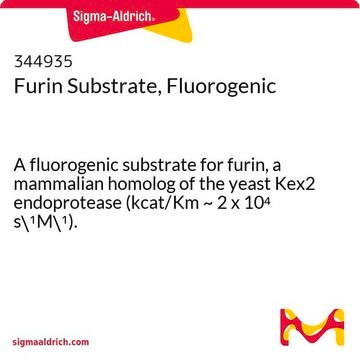676829
Reagent Alcohol
anhydrous, contains 5% isopropyl alcohol and 5% methyl alcohol as denaturant
Synonym(e):
Ethanol ( "Reagent alcohol")
About This Item
Empfohlene Produkte
product name
Reagent Alcohol, anhydrous, ≤0.005% water
Qualität
anhydrous
Qualitätsniveau
Dampfdichte
1.59 (vs air)
Form
liquid
Enthält
5% isopropyl alcohol as denaturant
5% methyl alcohol as denaturant
Expl.-Gr.
3.1-27.7 % (lit.)
Konzentration
100%
Verunreinigungen
≤0.005% water
Abdampfrückstand
≤0.0005%
bp
78 °C (lit.)
mp (Schmelzpunkt)
−130 °C
InChI
1S/C2H6O/c1-2-3/h3H,2H2,1H3
InChIKey
LFQSCWFLJHTTHZ-UHFFFAOYSA-N
Suchen Sie nach ähnlichen Produkten? Aufrufen Leitfaden zum Produktvergleich
Verwandte Kategorien
Allgemeine Beschreibung
Anwendung
- Microfluidically Assisted Synthesis of Calcium Carbonate Submicron Particles with Improved Loading Properties: Research on microfluidically synthesized calcium carbonate submicron particles shows enhanced loading properties, offering potential advancements in drug delivery systems and other nanotechnology applications (Ermakov AV, et al., 2023).
- Recent Developments in CaCO3 Nano-Drug Delivery Systems: Advancing Biomedicine in Tumor Diagnosis and Treatment: A review focusing on recent advancements in the development of calcium carbonate-based nano-drug delivery systems, which have significant potential to improve tumor diagnosis and therapy (Lin C, et al., 2024).
Komponenten
greener alternative product
Signalwort
Danger
H-Sätze
Gefahreneinstufungen
Eye Irrit. 2 - Flam. Liq. 2 - STOT SE 2
Zielorgane
Eyes,Central nervous system
Lagerklassenschlüssel
3 - Flammable liquids
WGK
WGK 2
Flammpunkt (°F)
48.2 °F - closed cup
Flammpunkt (°C)
9 °C - closed cup
Persönliche Schutzausrüstung
Eyeshields, Faceshields, Gloves, type ABEK (EN14387) respirator filter
Choose from one of the most recent versions:
Besitzen Sie dieses Produkt bereits?
In der Dokumentenbibliothek finden Sie die Dokumentation zu den Produkten, die Sie kürzlich erworben haben.
Unser Team von Wissenschaftlern verfügt über Erfahrung in allen Forschungsbereichen einschließlich Life Science, Materialwissenschaften, chemischer Synthese, Chromatographie, Analytik und vielen mehr..
Setzen Sie sich mit dem technischen Dienst in Verbindung.






